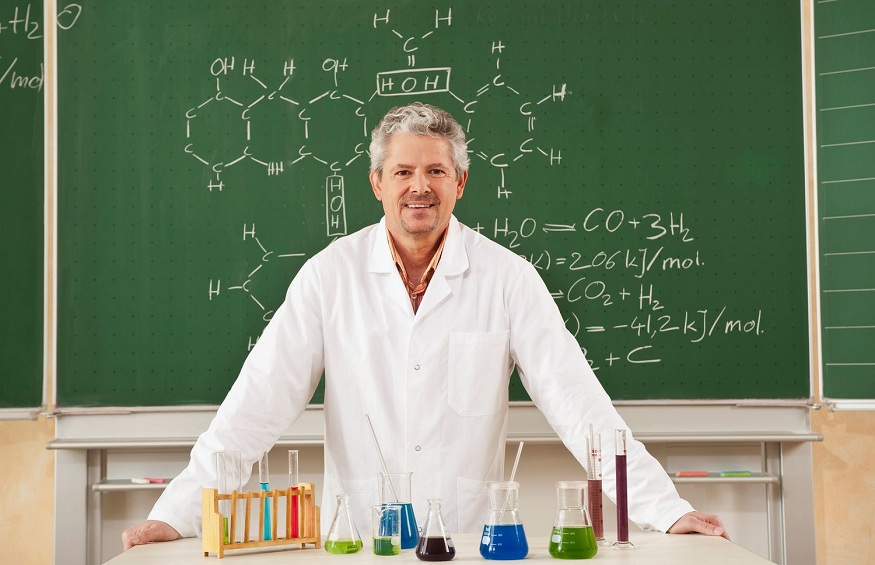Introduction of Matter in Chemistry

The material from which each and every other thing in the world was created is known as matter. We could examine the inside of organs and see that they are comprised of atoms if we had the most potent microscope imaginable. Every atom contains a small nucleus, which is surrounded by a circling cloud of electrons. Protons and neutrons make up the nucleus, and if we zoom in on a nuclear particle, we can see that it contains even smaller particles called quarks. The most powerful microscopes can only resolve quarks, which are the tiniest particles we have ever seen. As far as we know, electrons and quarks are not made from anything smaller, so they are called fundamental particles. All matter is made from just these particles.
Pure materials make up the majority of natural forms of matter. A mixture is made up of different, pure substances that are held together by physical, as opposed to chemical, forces. All of them are mixtures, including soil and the majority of rocks, animals and plants, coal and oil, air and cooking gas, rivers, and seas. There are two types of mixtures according to the chemistry definition: homogeneous and heterogeneous. The composition of homogeneous mixes is constant throughout. A solution is created when sugar and water are dissolved together. The composition of heterogeneous mixes varies in various parts of the sample. A heterogeneous mixture is a mineral. Within the mineral sample, it can literally observe the variations in composition from place to place.
Characteristics of Matter
The basic form of matter is made up of elements. Because each element is made up of just one kind of atom, it cannot be broken down into other chemical components. The composition of pure chemical elements is constant. This means that a pure element sample always has the same composition, regardless of the part of the sample that is studied. A sample is considered homogenous if its constituent parts are all the same. Only more than 100 known chemical elements exist in pure form on our planet. Anything with mass and volume is considered to be matter definition. Both physical and chemical qualities are present in all matter.
Any property of matter that can be seen or measured without affecting the substance’s chemical composition is said to have physical properties. Colour, texture, density, volume, mass, boiling point, melting point, state, electrical conductivity and solubility are a few examples of physical properties.
Any of a substance’s characteristics that determine its capacity to transform into another substance are referred to as its chemical properties. Reactivity, which is the ability to interact chemically with other substances, precipitation and oxidation are a few examples of chemical properties.
States of Matter
Solids have distinct volumes and shapes. Solids maintain their shape rather than taking on the shape of the container they are placed in. The arrangement of the particles is fixed and compact. The particles oscillate, slightly rocking back and forth. Although liquids have a defined volume, they lack a defined shape. When placed in a container, liquids will adopt that shape. Since the particles are free to move, a liquid can flow. A liquid is also referred to as a fluid because of this.
Gases lack a distinct shape or volume. Any container can be filled with gases, which will also adapt to its shape. Gaseous particles move constantly and have a lot of space between them. Plasma, a highly charged gas made up of nuclei and electrons, lacks a distinct structure or volume. The atoms are constantly moving. The gases will expand to fill any container and will take on the shape of the container.
KW1 is ‘matter definition’ on the sheet. pls check
Chnaged








I don’t think the title of your article matches the content lol. Just kidding, mainly because I had some doubts after reading the article.
Very interesting info!Perfect just what I was searching
for!Blog monry